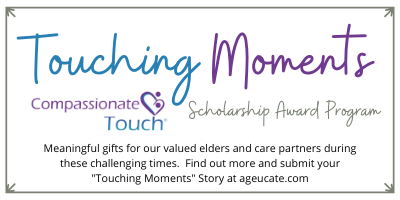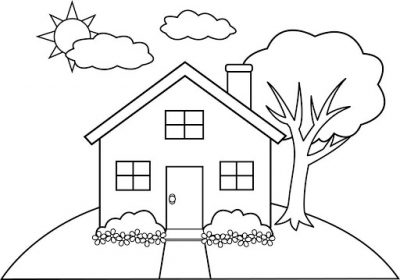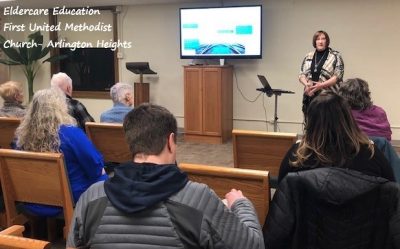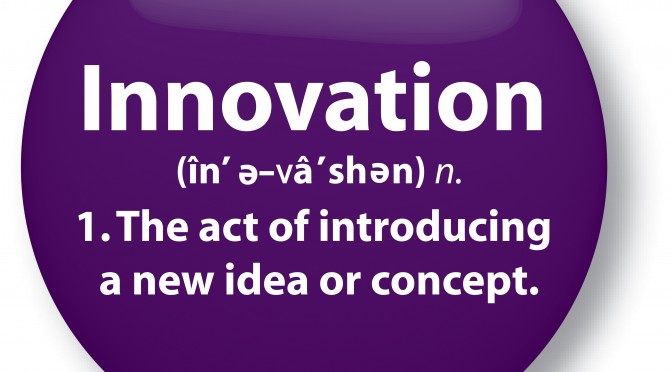
The title of this article seems counter-intuitive during this time of quarantine. Touching an unrelated person is not a popular notion right now. But, caregivers for the frail elderly are becoming more aware of the effects that isolation has on those in their care.
Human contact now consists of gloves, gowns, face shields, and masks. The frail elderly live in an unfamiliar world. Also, many do not possess the cognitive ability to make sense of it all.
Family members and friends can’t be with loved ones in elder care communities. The term “skin hunger” was new to me, but now I understand. Touching others through a hug, holding a hand, a stroke of the arm or shoulder is virtually non-existent these days.
Consider this with the fact that touch deprivation is already a reality for the elderly. Now we have a bigger problem on our hands.
Touch in Quarantine
The great news is that we can reduce the effects of extreme isolation with expressive touch. We need not be afraid to offer a back, shoulder, hand, or foot rub to those in our care.
More than ever, touch is essential and life-giving for both caregiver and receiver, especially during this quarantine. With infection prevention protocols, we can and should offer touch as a way to ease anxiety, fear, and loneliness.
“The current COVID-19 Pandemic is creating an isolation crisis for the vulnerable elders of our country. We need the transformative power of human connection and touch now, more than ever,” Pam Brandon, Founder and President of AGE-u-cate Training Institute.
Touching Moments Scholarship
The AGE-u-cate Training Institute is awarding a Compassionate Touch Certified Community training to one Assisted Living, Memory Care, Nursing Home, Home Care, or Hospice Agency in all 50 states and the District of Columbia.
That’s 51 organizations that will have a powerful tool to meet the isolation crisis that is happening in elder care nationwide.
The online application process is simple and the form along with more information can be found at https://ageucate.com/index.php?main_page=touching_moments.
 Julie has worked in Aging Services for over 30 years and has been a Licensed Nursing Home Administrator since 1990. She is a Certified Master Trainer with the AGE-u-cate Training Institute. Through her company Enlighten Eldercare, Julie provides training and educational programs on elder caregiving for family and professional caregivers. In addition, she is an instructor and the Interim Director of Gerontology at Northern Illinois University and lives in the Chicago Northwest Suburb of Mount Prospect, IL.
Julie has worked in Aging Services for over 30 years and has been a Licensed Nursing Home Administrator since 1990. She is a Certified Master Trainer with the AGE-u-cate Training Institute. Through her company Enlighten Eldercare, Julie provides training and educational programs on elder caregiving for family and professional caregivers. In addition, she is an instructor and the Interim Director of Gerontology at Northern Illinois University and lives in the Chicago Northwest Suburb of Mount Prospect, IL.


